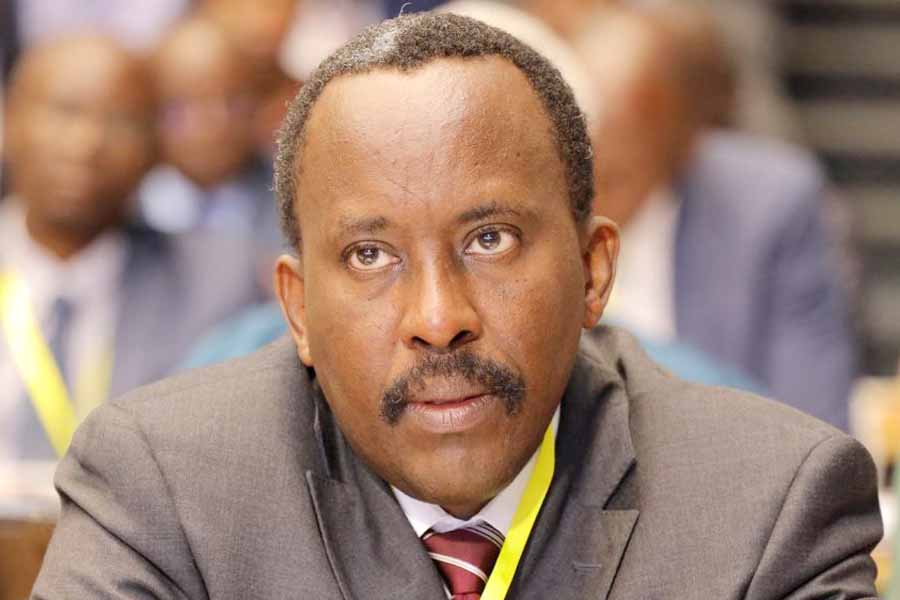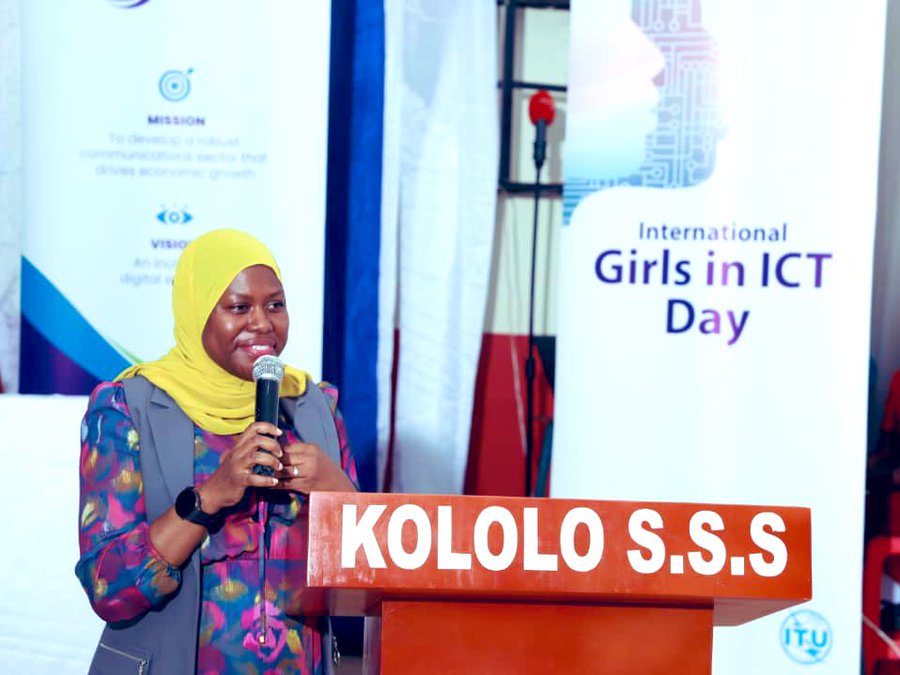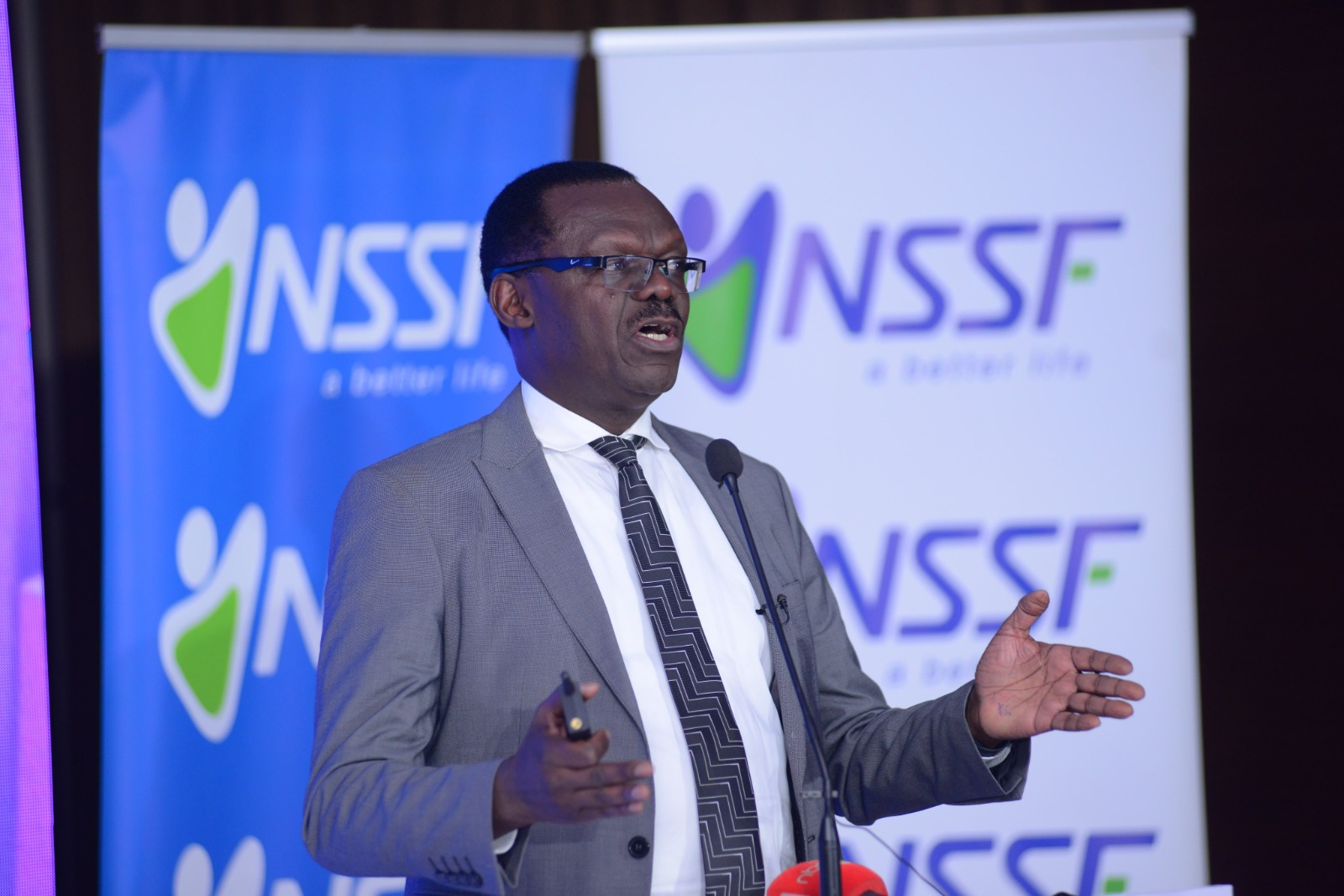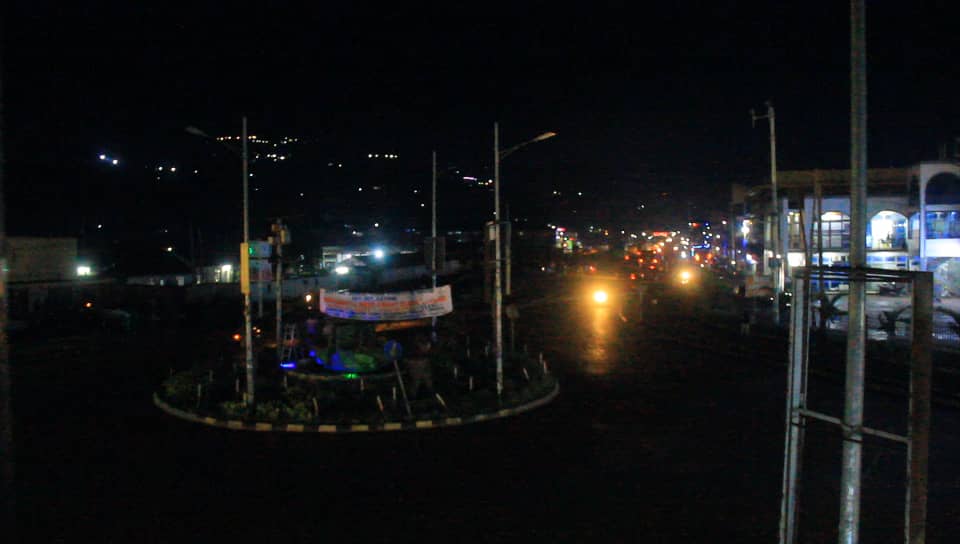How James Saaka has transformed NITA through e-service delivery
Excellence is not a destination; it’s a continuous journey that never ends.
As we speak, more than four million working hours are saved per year through automation of government services.
The government boasts of the largest and most stable optical fiber cable network aptly named the National Data Transmission Backbone Infrastructure (NBI) with presence in over 40 major towns and districts.
In June 2019, President Museveni launched the country’s maiden Tier 3 Cloud data center.
Up to 98 % of Government Ministries & departments have functional websites.
The past decade has seen Uganda’s IT sector grow by leaps and bounds.
Todate, the ICT sector is growing at rate of 25%, the fastest growing sector in the economy.
Yet for James Saaka, the man who has presided over this IT revolution and executive director of the National Informational Technology Authority (NITA-U), the journey has only just begun.
“If we wake up one day and all the 40 million Ugandans can access all government services online, then we can perhaps call it a day. Until that day, we and our partners will continue to strive to entrench the e-Government culture within not only our systems but our core beliefs’’, he explains.
It is perhaps this strong will to transform lives that has kept him focused while navigating the storms that come with the intricate task of digitizing a Nation. Beginnings- The NBI and laying the foundation for e-Government.
In August 2010 when Saaka joined the National Information Technology Authority-Uganda (NITA-U) as Executive Director, it was just a year after NITA-U had been established by an Act of Parliament.
The timing couldn’t have been better. With expertise in IT Management, Information Security, IT Strategy, and Business Services Management the stage was set for a challenging yet, as he admits himself an “electrifyingly exciting” ride.
This was about the time that the cabinet approved the strategy of rationalization and harmonization of utilization of ICTs in order to eliminate wastage of resources arising from duplication of efforts and initiatives within Government.
One of the priority interventions emphasized under this strategy is the use of the NBI as the primary vehicle for all Government data, Internet and voice services.
It was clear to Saaka that his first task was to operationalize the NBI.
True to that motive, NITA-U undertook a competitive bidding process to procure bulk Internet bandwidth for Government from upstream Providers.
In January 2014 the provision of Internet bandwidth to Government entities commenced at a price of USD 300 per Mbps per month with 27 government offices connected to the NBI.
This was an unprecedented feat since prior to that, government was spending a whooping USD 1200 per Mbps per month. The momentum was set.
 James Saaka, the executive director of NITA-U
James Saaka, the executive director of NITA-U
Much as savings had been made, according to Saaka there was still big room for further improvement.
That is why in December 2016, using funds from the World Bank under the Regional Communications Infrastructure Programme (RCIP), NITA-U negotiated and procured bulk Internet bandwidth which saw a further reduction of cost from USD 300 to USD 70 per mbps saving the government more than 5-billion-shilling s annually.
This pricing is 56% cheaper when benchmarked against regional pricing which is USD 158 per mbps on average.
This drop in prices to government also precipitated a momentous drop in market prices.
The effect of this drop was not only felt on an accounting level, but was able to be felt by numerous government entities since by then, NITA-U had extended the NBI to reach 49 districts and 480 government offices across the country.
There’s no point in having very fast and affordable internet if it is not accessible. NITA-U with Saaka at the helm knew this and worked with their partners to see to it that the NBI is extended to reach every part of Uganda.
The NBI had only 27 government offices connected at the time NITA-U started its operationalizing it.
With phase IV complete, the NBI has been extended to 480 government offices including district local government sites, hospitals, universities and training institutions.
By the end of the financial year 2020/21, seven hundred more government offices will be connected to the NBI. Seven major border posts of Uganda with its neighbouring countries have all been connected to the NBI i.e.; Uganda – Kenya at Malaba & Busia, Uganda – South Sudan at Elegu and Oraba, Uganda- DR Congo at Mpondwe & Vurra, Uganda – Rwanda at Katuna and Uganda – Tanzania at Mutukula respectively.
This has facilitated regional integration, cooperation, communication, and trade with our neighbouring countries. The story doesn’t end here though.
The NBI generates income for the government, generating 29 billion in the 2019 alone.
“What will we, the civil servants of the day, tell our grandchildren in future when they are still enduring long lines to access government services?
This is usually a manifestation of bureaucratic inefficiencies and not embracing technology. We have the opportunity and time to change this.” notes Saaka.
Connecting all these government offices to the internet is a bid to digitize government services.
NITA-U deliberately supports government entities to automate their processes, both internal and customer facing.
The main goal is to see to it that Ugandans can access government services in a quick, efficient and transparent manner.
NITA-U through the NBI and the provision of technical support has enabled the rollout and efficient running of e-Government services such as E-tax by Uganda Revenue Authority, Government Citizens Interaction Centre (GCIC) by the Ministry of ICT and National Guidance, and One-Stop Centre by the Uganda Investment Authority (UIA), E-Visa applications by the Directorate of Citizenship and Immigration, Online Asset declaration by the Inspectorate of Government and E-Logrev by the Ministry of Local Government among many others.
The National Data Centre Digitisation obviously creates data. That data needs to be stored and secured efficiently.
As opposed to international data hosting which was the norm, the government of Uganda through NITA-U set up the first Tier 3 data centre in Uganda to provide centralized data centre hosting services.
This data centre has the ability to host all government data as opposed to each entity hosting its own data which is an expensive and insecure way to go.
With this data centre, all the operational costs including power, cooling, security, maintenance and license costs are centralized.
This has led to annual savings to Government of up to Shs 10 billion annually.
It was always important that an enabling environment for IT development is created through ensuring that relevant IT laws, regulations and standards are in place.
This is what NITA-U has done, promoted First NITA-U developed and published regulations and embarked on the certification of IT companies and individuals in order to regulate IT Products & Services, Training Institutions and Individual IT Service Providers being offered by the IT industry of Uganda.
To date, two hundred and seventy-five IT firms have been certified and over 1,500 IT firms have been registered for certification which has helped to create a conducive environment for Government to adopt IT in a secure and standardized manner.
The Data Protection and Privacy Act which was assented to by the President on 27th February 2019 to protect the privacy of the individual and of personal data by regulating the collection and processing of personal information.
Its noteworthy that Uganda was the first country in the East African region to get a law that safeguards privacy of individuals and their personal data.
Other digital laws that Saaka ensured got authored by NITA-U and consequently approved by the Parliament include: a) The Electronic Transactions Act (2011) and its attendant Regulations (2013) b) The Electronic Signatures Act (20110 and its attendant Regulations (2013) c) The Computer Misuse Act (2011).
In addition, the National Information Security Framework has been put in place to protect MDA resources and systems from potential cyber-attacks and associated risks such as cyber terrorism.
NITA-U plays a coordination role alongside various stakeholders to strengthen Information Security Governance, Risk Remediation Planning and Response.
As a result of such efforts, Uganda ranked 1st in Africa in the National Cyber Security Index, signifying that Uganda has the most secure cyberspace in Africa.
“Give a colony of ants a mound of soil and they’ll transform it into an ant city within a week. If ants without any technology can do that out of sheer will and organization, what about us who are blessed with technology that our forefathers could not even dream of?” Saaka opines.
NITA-U under Saaka has embraced a culture of organized hard work and innovation.
That is why projects like MYUG where Ugandans access free internet across 284 hotspots around Kampala and Entebbe arose out of the realization that government internet is laying idle when government officers break off from work.
It is in the same spirit the e-Citizen’s portal which is the single reference point offering 106 citizen-facing e-services was designed.













